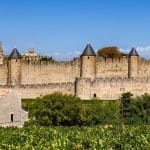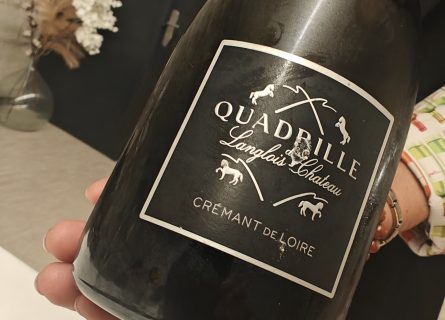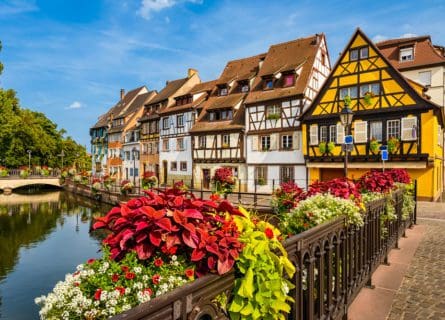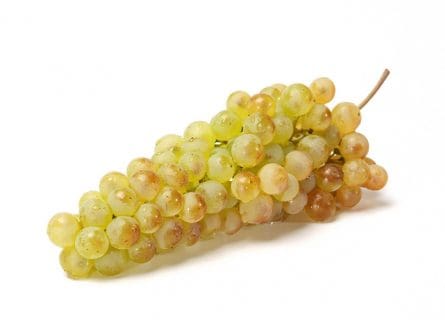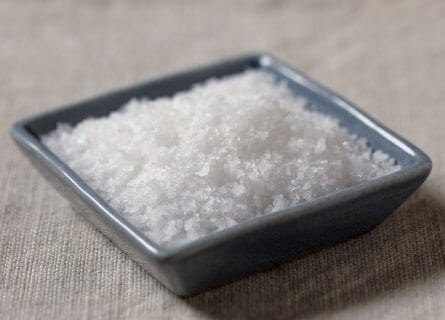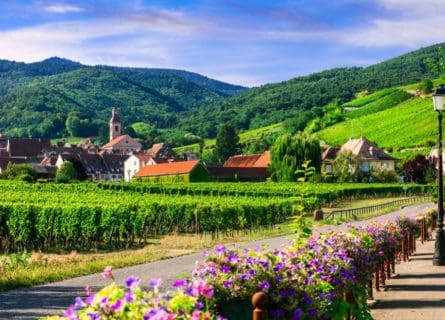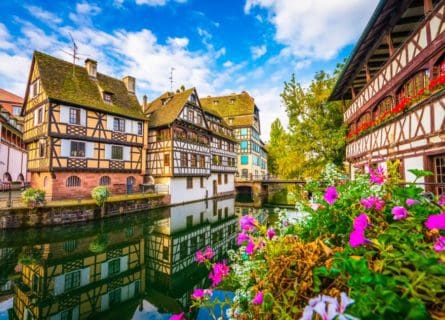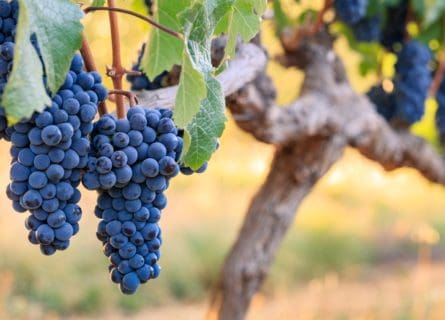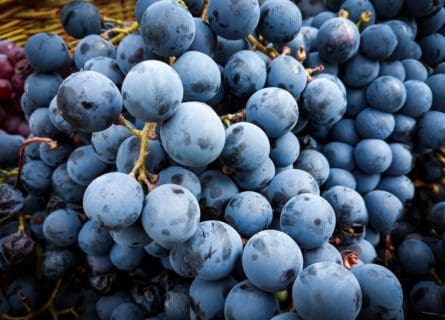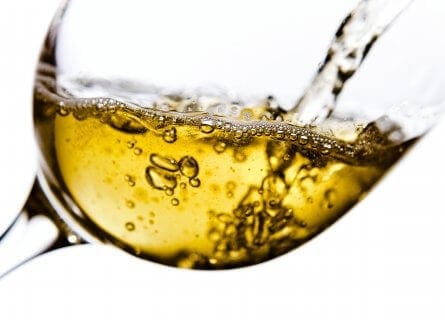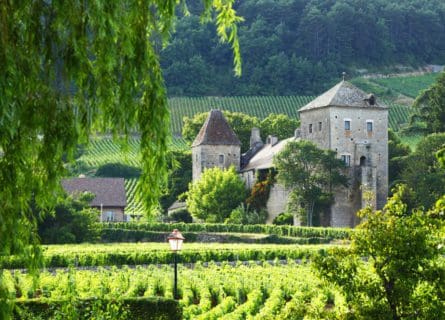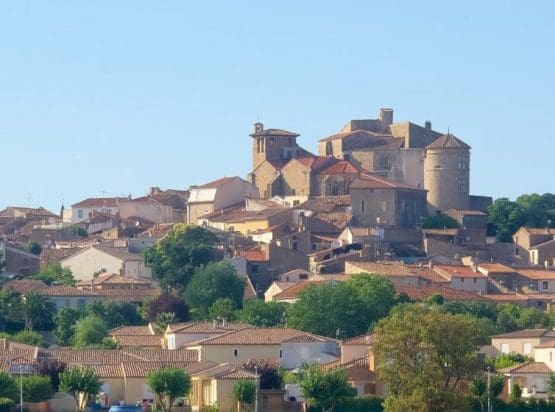
Carcassonne Travel Guide
Carcassonne Calling: Medieval Majesty in Languedoc's Crown
Carcassonne is the quintessential fairy-tale medieval city, a truly unique and captivating destination that unsurprisingly attracts millions of visitors in the summer months. Bathed in late afternoon sunshine, La Cite, as the old walled town is known, is simply breathtaking. Yet there is far more to Carcassonne than medieval streets and squares; the Ville Basse (Lower Town), established in the 13th century, is altogether more authentic and less touristy. With its superb position on a hill overlooking the river Aude and Canal du Midi, it is of little surprise that the site on which Carcassonne now stands has been coveted for centuries.
History records that the first inhabitants were Neolithic tribes, who founded a settlement in about 3500 BC. Carsac, as the settlement was known in the Celtic tongue, became an important strategic outpost and trading center for the various Celtic tribes of the Languedoc-Roussillon.
However, after the Romans arrived in Gaul, the settlement fell under their jurisdiction as an important Roman outpost or Colonia known as Carcasum. For centuries, Carcasum enjoyed a relatively peaceful and prosperous existence until the collapse of the Western Roman Empire in the 5th century. In 453, after months of fighting, the Romans finally lost Carcassonne to the Visigothic king Theodoric II, who subsequently fought off attacks from the Franks in 508. However, in 725, the Saracens took Carcassonne from the Visigoths, who were driven out of Western Europe in the 8th century. However, Saracen’s control of Carcassonne was relatively short-lived, as the French King Pépin le Bref recaptured the city in 760.
During the Middle Ages, Carcassonne was a medieval fiefdom, eventually falling under the control of the Trencavel family, who ruled Carcassonne until 1209. After that, the city was taken in the Albigensian Crusades, and the last Trencavel ruler, Raymond-Roger, died soon afterward. The cruel Simon De Montfort was appointed Viscount of Carcassonne, and they ruled the city with an iron fist.
In 1226, Carcassonne was incorporated into the Kingdom of France by King Louis VIII, finally submitting to his rule in 1247. During this period, Carcassonne’s Lower Town was founded on the other side of the River Aude. A place of increasingly strategic importance, the French kings strengthened the Citadel and built several fortresses along the French/Spanish border, ever fearful of an invasion. Nonetheless, Carcassonne would enjoy a relatively peaceful and stable existence.
Sadly, the 14th century heralded dark times for the citizens of Carcassonne. The Black Death, wreaking havoc across Europe, decimated the city’s population in 1348 and left Carcassonne with a chronic labor shortage. The Hundred Years’ War outbreak between France and England also directly affected the city. Repeatedly attacked, Edward of Woodstock KG destroyed Carcassonne’s Lower Town, also infamously known as the Black Prince. He was merciless in his treatment of the populace, and Carcassonne bore the scars of this terrible conflict for many decades after the attack.
Carcassonne’s revival came in the 16th century when the Lower Town was awarded the coveted status of “Ville,” granted by the overlords of the Languedoc region. However, there was also much religious turmoil during this period, and bloody conflict erupted between the newly converted Protestants of the Lower Town and the fiercely Catholic inhabitants of La Cite. This conflict, brought about by the Reformation of the 16th century, would cause decades of bloodshed and war across France.
In the 17th century, Carcassonne’s strategic and political importance waned significantly following the Treaty of Pyrenees in 1659. The Treaty formally annexed the Roussillon region into France, so Carcassonne became a political backwater in the French Empire. Conversely, its economic importance increased during the period with the development of the city’s textile industry.
The outbreak of the French Revolution at the end of the 18th century had little effect on Carcassonne, although the city would see many substantial social and political changes through the 1800s. At the dawn of the new millennium, Carcassonne’s two districts – Cite and Lower Town – merged into one administrative entity. In 1802, the Bishop’s Palace relocated to Carcassonne’s rapidly expanding Lower Town. This marked the beginning of the end for La Cite – Carcassonne’s industries were concentrated in the new part of the city. At the same time, the historic Citadel sank into neglect and poverty as people relocated to the wealthier Ville Basse.
However, this historical treasure was saved from total neglect and demolition when it was classified as a historical monument in 1849. Eight years later, the first railways would arrive at Carcassonne, and the region gave birth to a dynamic new wine industry designed to satisfy the thirst of the recently industrialized north.
Carcassonne was generally unaffected by the First World War; however, its citizens were forced to live under a puppet Vichy government as part of the Nazi occupation of France during the Second World War. The Allies finally liberated the city in 1944, although many civilians were killed during the brutal fighting.
Today, Carcassonne remains one of the most alluring cities in southern France. The charms of the beautiful Cite are all too obvious, yet the Ville Basse arguably keeps visitors coming back for more. Packed with lively bars and restaurants that stay open until the wee hours, it offers an exciting introduction to the heady nightlife of the Languedoc-Roussillon.
-

Ollada soup Gastronomy & Wine
Even if you arrive on a boiling hot summer’s day, you cannot leave Carcassonne without trying its signature dish – Cassoulet. Cassoulet is a fitting symbol of Languedoc-Roussillon cuisine- hearty, rich, and unpretentious- a piping-hot dish of white beans, juicy pork cubes, and locally a slab of duck.
The region’s cooking is heavily influenced by its former status as a territory under the Catalan empire, so expect olive oil, tapas, and grilled pork sausages, a particular favorite being the hearty soup known as ollada, popular on both sides of the Pyrenees, which is justifiably known for its lumps of pork. The surrounding area is also renowned for dishes with figs, local goat’s cheeses, and lavender honey.
Although some are shameless tourist traps, Carcassonne is bursting with restaurants, so be judicious in your choices, especially in La Cite during the high season. However, you won’t go far wrong at Au Bon Pasteur in the Ville Basse. A welcoming, intimate family restaurant, the simple décor belies the wonderful skill in the kitchen. The Cassoulet is outstanding, as is the service from the charming and affable team of young waiters. Chez Saskia is la Cite’s most celebrated address, a brasserie attached to the Hotel de la Cite. All around its walls are photos of the great and the good – Jacques Chirac and Winston Churchill being the most famous.
But while Carcassonne’s restaurants can be somewhat hit-and-miss, there’s no excuse for drinking plonk in one of France’s most exciting wine regions. A mosaic of different wine styles is made across the Languedoc-Roussillon’s various appellations; nearby Limoux, for example, specializes in the highest quality sparkling wine. Blanquette de Limoux can lay claim to being the first sparkling wine of modern times: its history began many years before Champagne when that region was still focusing on still wines. It was reportedly invented by monks at the Abbey of St-Hilaire in 1531. Today, in the hills around Limoux, cool hillside vineyards are crafting a formidable reputation as one of the best sparkling wine zones outside Champagne.
A Guide to the Gastronomy of Languedoc-Roussillon: Read more
Nearby Wine Regions
-
 Explore Languedoc's exceptional wines, crafted by visionary vintners. Discover affordable luxury in a region. Plan your tour today! Read more
Explore Languedoc's exceptional wines, crafted by visionary vintners. Discover affordable luxury in a region. Plan your tour today! Read more
Highlights
-
La Cite
Dramatically illuminated at night, La Cite is one of Europe’s largest city fortifications. A thorough walking itinerary would start the Gambetta square and then meander towards Pont Vieux, along rue de la Barbacane, and then up through Porte d’Aude. The sights, smell, and sounds are unmissable.
-
Chateau Comtal
The 12th century Chateau Comtal is undoubtedly the main highlight of any trip to Carcassonne. Built-in a variety of styles, the oldest parts of the castle can be seen from the courtyard today, and are mainly medieval, as well as Romanesque and Gothic structures. It merits at least a full day’s exploration.
-
Basilique St Nazaire
One of the south of France’s most pretty Churches, highlights are the graceful Gothic transept arms with a pair of stunning 13th and 14th century rose windows at each end
Recommended for you
More information
If you would like us to customize an exclusive luxury tour, contact us and let us know your travel plans. We offer luxury food and wine tours for private groups of a mininium two guests. In addition, all of our private, chauffeured tours are available year-round upon request.

